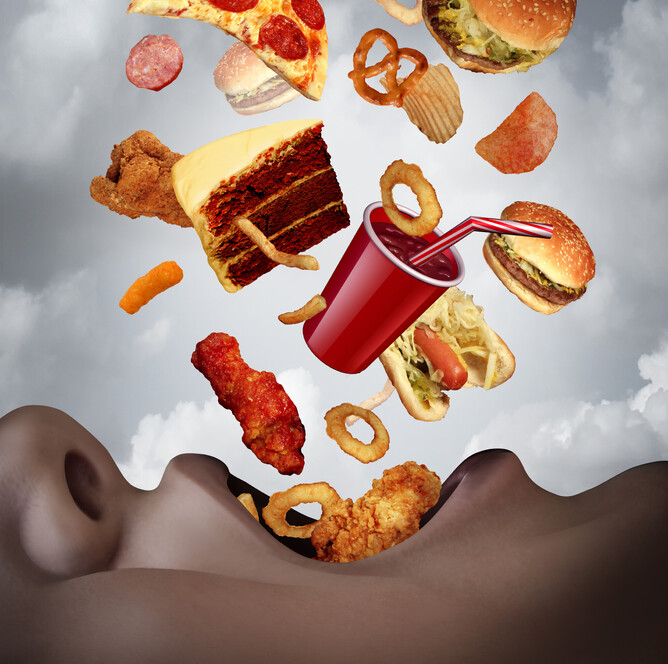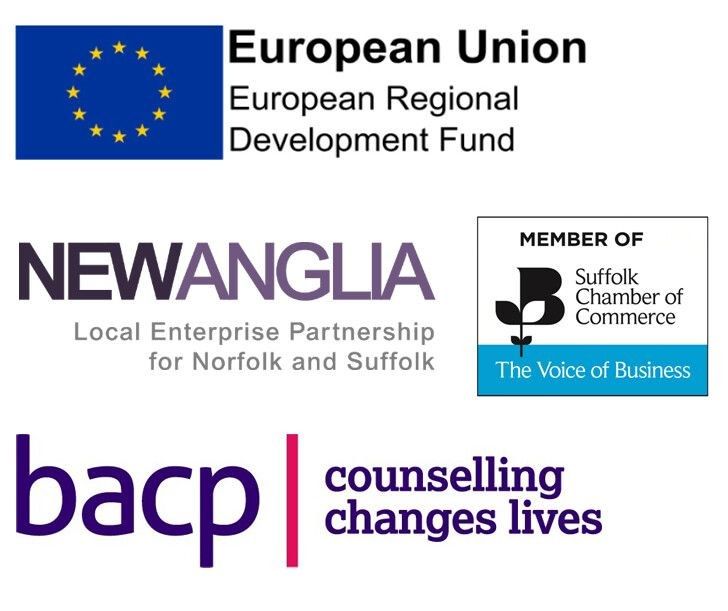Despite common belief, disordered eating is not just about food. Food is used as a coping mechanism for the difficult emotions felt by someone with disordered eating, and the behaviours portrayed do no justice for the complex ways of thinking responsible for them.
For the purpose of this blog, I will be using descriptive terms and symptoms (e.g., disordered eating, food restriction, binging) rather than labels or diagnosis (e.g., eating disorders, anorexia, bulimia) to help combat the myth that one has to be medically diagnosed with an illness to experience symptoms or seek treatment. Disordered eating should be considered a spectrum, especially when many people who do not fit the official criteria for anorexia, bulimia and binge eating
disorder still experience the same emotional, psychological and physical consequences as those with an official diagnosis. Anyone who experiences disordered eating or thoughts surrounding the issue are completely valid in their struggles, have the right to access help and strive for recovery.
One of the first contributors to disordered eating is stress. External stressors can make a person feel ‘out of control’ in their school, family or social life which can trigger a desperate need to regain control in other areas of life. Food can be seen and used as a control mechanism to counteract the stress caused by having no control over the rest of one’s life.
The same can be said for internal stressors; If a person is experiencing extreme emotional pain or feelings that are difficult to face, controlling food and eating behaviour may offer a way of coping through consistency, routine, and stability. Many forms of disordered eating can also ease anxiety in the short term, providing immediate relief from emotional distress but with potentially harmful and addictive consequences.
A person may also use disordered eating behaviours as a form of self-harm or punishment. To clarify, the addictive behaviours of an eating disorder can perform similarly to self-harm through the release of specific chemicals that generate addictive feelings e.g., pain, relief, calm, and hyper arousal. This means a person who this addicted to specific disordered eating behaviours (e.g., purging) will find it difficult to stop.
Disordered eating may also be used as a form of self-punishment e.g., feeling that one is not good enough to eat, or that one must endure the pain of overeating or purging. This is linked with self esteem and the way the person experiencing these behaviours may feel about themselves or others.
Disordered eating can also be used to communicate how one feels internally by presenting symptoms externally. One may try to capture the attention and concern of friends and family by restricting food intake or by trying to lose weight. In contrast, a person who has experienced unwanted attention may try to gain weight in order to avoid sexualisation or high expectations from others.
It is important to understand that recovery from disordered eating is not about symptom management, these behaviours occur due to deep rooted thoughts, feelings and emotions that need to be resolved. Helping a person overcome binge eating behaviours may result in food restriction in the same way that helping a person overcome restrictive eating could evolve into secretive purging. A person who controls their eating behaviour or uses food as a control or coping mechanism needs to learn how to deal with the internal issues they are experiencing. This also explains why disordered eating recovery can take a long time and why those in a symptom-free recovery claim that disordered behaviour thoughts never really go away.
Restrictive Eating Behaviours
Focusing now on restrictive eating behaviour most commonly associated with reduced food intake, weight loss and a preoccupation with food consumption. Restrictive eating behaviours are not solely characterised by the fear of weight gain or the desire for weight loss. The restriction of food can also be an attempt to gain control over aspects of the self, such as what enters and leaves the body, how the body functions (some people may try and stop their menstrual cycle) or how one appears. This behaviour may also be used as a way to communicate distress but ironically can also increase distress and anxiety, making non-restrictive eating behaviour impossible to fathom, let alone execute.
The build-up of anxiety in restrictive eating behaviour can also be expressed through ‘safe’and ‘fear’ foods. This concept consists of the idea that some foods are safer to eat than others as they do not trigger as much anxiety; safe foods are most typically associated with low calorie or plain foods but can also include foods that are not perceived as threatening or harmful to the consumer (foods with smooth textures to prevent choking or packaged/fresh food to avoid risk of poisoning). Safe and fear foods can also be used to dictate what is and is not bought into the house in order to establish control over one’s environment and those around them.
Binge Eating Behaviours
Binge eating behaviour is also linked with control and coping but can be a biological reaction to restriction too. After denying the body appropriate sustenance for an extended period of time, the brain may try to compensate by triggering an uncontrollable binge. The person who experiences this behaviour may then start restricting their food again because of the binge, and a vicious cycle occurs. Binging in this respect can make a person feel out of control and so they may try to hide this behaviour, attaching great shame and secrecy to it.
Binge eating may also act as a form of self-harm as mentioned before but also may be used to self sooth. This stems from the concept of ‘comfort eating’ where a person deals with their negative emotions though binge eating behaviour.
Purging
The term ‘purge’ is used to describe the evacuation of food from the body and can cover various behaviours including excessive exercise, laxative abuse and self-induced vomiting. This cluster of behaviours can be present alongside any other type of disordered eating behaviour including restriction and binging.
Much like in binge eating behaviour, purging can be extremely secretive and have a lot of shame attached to it, a person could go years engaging in this behaviour without telling anyone or being found out. Purging can happen as a result of an unwanted binge, triggering a restrict-binge-purge cycle or after having to engage in ‘performance eating’ (where a person attempts to eat normally in front of others so that their disordered eating goes undetected).
Purging can also be used as a form of self-harm and as mentioned earlier or become an addictive behaviour entirely separated from food all together.
Veganism and Vegetarianism
Although vegetarianism and veganism can be held deeply in one’s core beliefs and morals, it can also be used as a form of food restriction and control by people experiencing disordered eating behaviours. It is important to gain an understanding about why this type of behaviour is occurring and if it is connected to any of the themes covered in this blog. A person may become a vegetarian in order to compensate for an increase in food intake, attain feelings of importance or to control what is and is not bought into the household. Anxieties around food can be curbed when a person knows that the grocery shop will only contain vegan items.
There are other ways of upholding the morals and beliefs connected to veganism and vegetarianism that do not involve food and can be utilised by people with disordered eating behaviour. Recycling, signing petitions, buying sustainable instead of disposable products and swapping high-street bought household items to homemade or refillable items can allow a person to make conscious ethical decisions without having to compromise their mental health.
In reflection, this blog has demonstrated the many thought processes behind disordered eating behaviours so that family, friends and colleagues can gain a better understanding as to why these behaviours occur. One cannot simply ‘just eat’ or ‘snap out of it’ because disordered eating is a result of a much deeper-rooted issue that needs to be resolved in order for a person to fully recover from such behaviours. Be kind and listen to what a person with disordered eating has to say and be patient with their journey.

